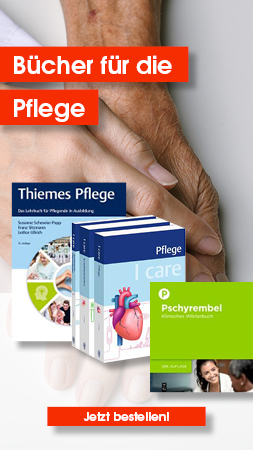Buch, Englisch, 98 Seiten, Format (B × H): 156 mm x 234 mm, Gewicht: 166 g
A Manual and Workbook for Practitioners and Patients
Buch, Englisch, 98 Seiten, Format (B × H): 156 mm x 234 mm, Gewicht: 166 g
ISBN: 978-1-032-57951-1
Verlag: Routledge
This hands-on volume is both manual and workbook, designed to be used alongside the Understanding Brain Injury Group. This group aims to increase the understanding and acknowledgement of acquired brain injury and find ways of coping with the consequences. The manual section outlines the steps needed for practitioners to run the Understanding Brain Injury Group successfully, and the workbook section – also available as a downloadable resource – is intended to be used by patients.
The chapters in the manual mirror the structure of the eight sessions of the group, highlighting differing aspects of having a brain injury. Initially, the sessions cover psychoeducation regarding brain injury and what neurorehabilitation entails. Following this, the group then focuses on living with the consequences of brain injury, whether that represents physical, cognitive, emotional or lifestyle changes. Participants are invited to share their experiences and discuss coping strategies to help with both the new limitations as well as the unwanted emotions that frequently exist after brain injury. Goals are set at the beginning of the group and are revisited at the end to decide on whether they were being realistic, overachieving or pessimistic in their outlook at the start of the group. Throughout, the members of the group can record their session activity in the accompanying workbook.
Created to be used by clinicians, therapists or any individual, this resource can be used in a post-acute setting such as a neurorehabilitation unit, a slow-stream rehab setting such as community neurorehabilitation or homes specifically aimed at catering for the needs of those with neurological impairments.
Zielgruppe
General, Professional Practice & Development, and Professional Training
Autoren/Hrsg.
Fachgebiete
- Interdisziplinäres Wissenschaften Wissenschaften Interdisziplinär Neurowissenschaften, Kognitionswissenschaft
- Medizin | Veterinärmedizin Medizin | Public Health | Pharmazie | Zahnmedizin Pflege Krankenpflege
- Medizin | Veterinärmedizin Medizin | Public Health | Pharmazie | Zahnmedizin Klinische und Innere Medizin Neurologie, Klinische Neurowissenschaft
- Sozialwissenschaften Psychologie Psychologie / Allgemeines & Theorie Psychologische Theorie, Psychoanalyse
- Sozialwissenschaften Psychologie Allgemeine Psychologie Biologische Psychologie, Neuropsychologie
Weitere Infos & Material
1. Why create this manual?
2. Introducing the group
3. Session 1 – What is the Understanding Brain Injury group?
4: Session 2 – The brain and brain Injury
5. Session 3 – What is rehabilitation?
6. Session 4 – Physical changes after brain Injury
7. Session 5 – Thinking changes after brain Injury
8. Session 6 – Mood and behaviour changes after brain Injury
9. Session 7 – Lifestyle changes after brain Injury
10. Session 8 – My goals for the future
Appendices
Appendix 1. Areas of the brain
Appendix 2. List of physical vhanges
Appendix 3. Example spider diagram of physical changes
Appendix 4. List of cognitive changes
Appendix 5. Example spider diagram of thinking ability changes
Appendix 6. Example spider diagram of mood and behaviour changes
Appendix 7. List of lifestyle changes
Appendix 8. Example spider diagram of lifestyle changes
Appendix 9. Certificate of attendance
Patient Workbook






